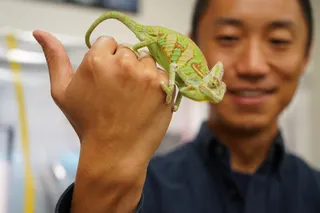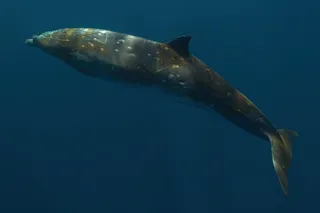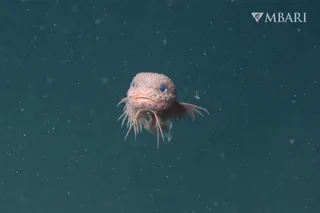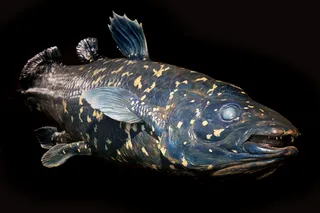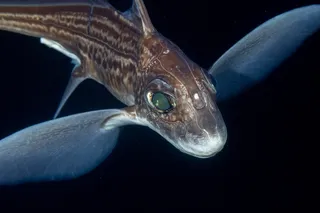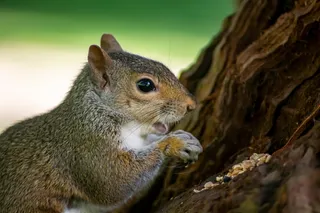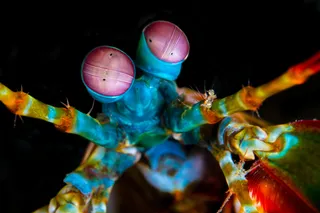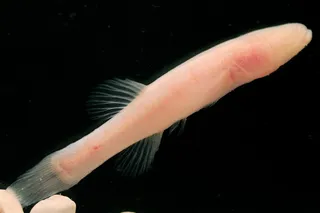One morning not long ago, an American entomologist named Justin Schmidt was making his way up the winding road to the Monteverde cloud forest in Costa Rica when he spotted Parachartergus fraternus, social wasps known both for the sculptured architecture of their hives and the ferocity with which they defend them. This hive was 10 feet up a tree, and the tree angled out from an eroded bank over a gorge. Schmidt, who specializes in the study of stinging insects, got out a plastic garbage bag and shinnied up to bag the hive. "There's always a few that get out," he says, so he took the precaution of putting on his beekeeper's veil. Undeterred, the angry wasps charged his face, scootched their hind ends underneath their bodies in midair, and, from a range of four inches, squirted venom through the veil straight into his eyes. "There I was, 10 feet ...
More on Discover
Stay Curious
SubscribeTo The Magazine
Save up to 40% off the cover price when you subscribe to Discover magazine.
Subscribe



